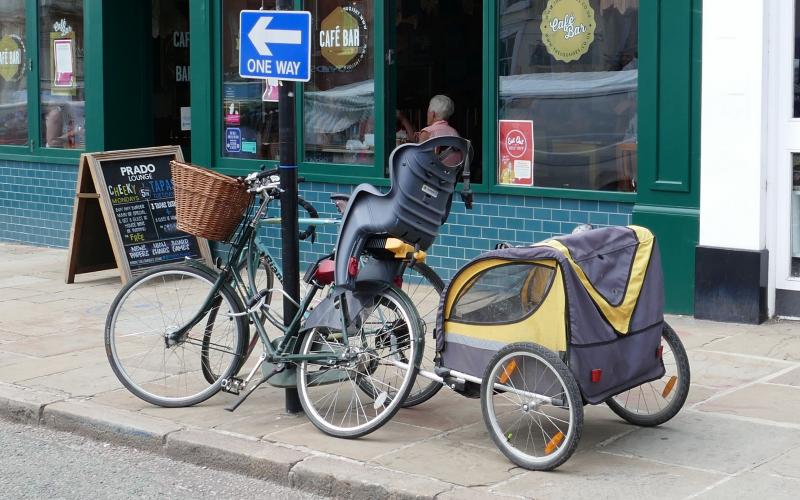The Current Situation
• Between 50 and 60% of all peak time car trips in Sudbury are less than 5km (3 miles) and are thus in theory walkable or cyclable. • East Anglia bucks the national trend with a 12.3% increase in traffic from 2018/19
• No safe alternatives to commuting by car are offered for many commuters, shoppers or parents doing the school run in the Sudbury area.
• Sudbury has an issue with traffic congestion and the resulting high levels of air pollution. It has an ongoing problem, where it’s one way system, when blocked by accidents or road works, offers no viable alternative route through the town for traffic.
• There is too much HGV traffic through the town centre and using the one way system. Some, but not by any means all of this (according to traffic surveys undertaken by WSP for the Sudbury Congestion Relief Project (formally the Western Relief Road Project) is due to the Strategic Lorry Route being routed from the A120 south of Braintree via the A131 through Halstead and Sudbury and linking to the A134 to Bury St. Edmunds.
• It is accepted by all that the latter issue needs addressing, but as found by WSP no Relief Road Project will achieve a BCR (Benefit to Cost Ratio) sufficient to attract funding from the government.
• The pandemic has changed the traffic profile of Sudbury, specifically the modal share of car, cycling and walking and may reduce traffic permanently as people eschew commuting by car in favour of working from home.
• Government policy on Active Travel has changed. As stated by Transport Minister in August 2020 in a letter to all local authorities accompanying the new LTN/20 Active Travel Design Notes: “The core principle behind this guidance is that cycling will become mass transit in far more places. Cycling must be placed at the heart of the transport network, with capital spending, road space and traffic planners' attention befitting that role. “Cycling must no longer be treated as marginal, or an afterthought. It must not be seen as mainly part of the leisure industry, but as a means of everyday transport.”

